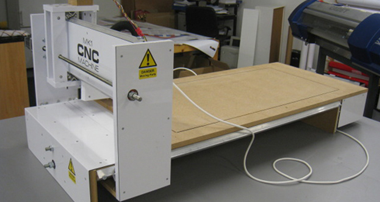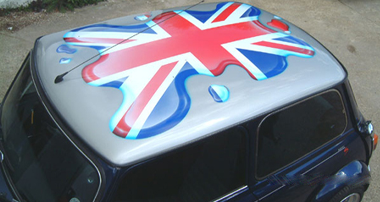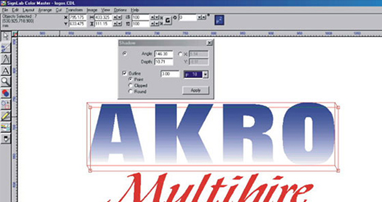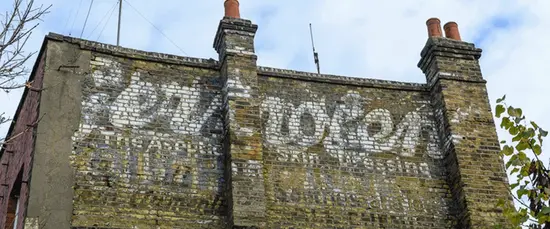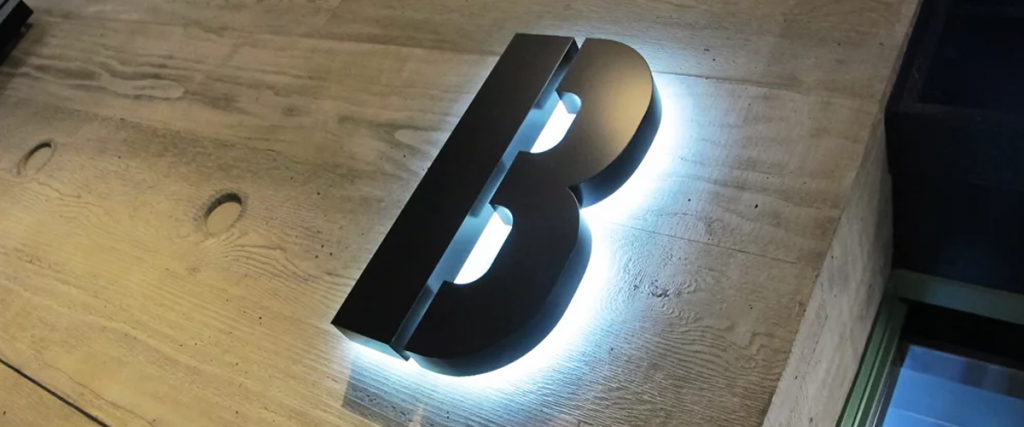Working with Screen Captures

Screen Captures
The Windo$e OS has primitive screen capture abilities. Simply pressing the [PRINT SCREEN] key will capture the current screen to the clipboard, making it available for copying into any program that can recognize the data. (like Paint, Photoshop, PhotoPaint, etc.) Like so many “built-in” features of an OS, flexibility is generally not included. For the majority of my screen captures for online postings, print, advertising, and even video, I use an included utility from the Corel suite called Capture. There are plenty of shareware and commercial iterations of this variety of utility, but I have settled with this one since version 9 and will use it as the basis for this post. Some parts of the program will be reviewed in greater detail then others, as will some other items along the way. This is aimed to be a fundamental and encourage further exploration on your own. Just about anywhere inside this program, a simple press of the [F1] key will get to additional information that should be able to assist.
There is nothing “magical” about doing a capture or any huge learning curves like Photoshop or PhotoPaint. Understanding what you want to capture and where it is going to be used, is generally, the hardest decision. The interface is straightforward and logical with a little consideration. Pictured below is what you are presented with when opening the program.

Along the top are five tabs: Source, Activation, Image, Destination, and Options. Time will be taken to review each tab and the options contained within. First up, Source.
The source is just that, what is going to be captured. This can be the entire screen, menu item, or even video. A nice, and very welcomed feature is included along the top of this page, and that is the ability to save presets conditions. This is a nice addition that speeds the process for those that do a lot of this work. Simply make changes and save those changes to a unique name for later use. Directly below the preset area is the Capture type. Version 11 makes a better visual representation in the left-hand area as to what is truly going to be captured. Each of the three main types offers additional options. Shown below are just three of the options for Window Capture; Current window, Fullscreen, and finally, Current object. Notice the graphic representation of what each item is.



Menu capture is listed next and offers the ability to capture the Main Menu, resulting in Cascading Menus, and the ability to define a Background colour for “non-menu” areas within the capture.


The last item is a user-defined area, or “Area” capture. There are three defined shapes from the drop-down, Rectangular, Elliptical, and Freehand area. With “Area” enabled, the option to define the Background colour is available, similar to the menu option from above. The ability to edit the selection before committing to it as a selection is now offered.


Now that it has been determined what to capture, the program needs to know when it should do it. Those options are set from the Activation tab. The first option under this tab is the Hotkey combination that will invoke the program to capture. Something to consider when determining the combination is what application or atmosphere you will be in, and does your combination already exist and poses a possible conflict. As an example, the hotkey of just [F8] will cause problems inside Composer, as this key is assigned to switch between filled and wireframe view. It is there for advisable to pick a somewhat obscure and uncommon combination. Hotkey assignments are not locked for life and can be altered at any time if required.
Following that are additional options that influence how and when a capture occurs. Setting a Delay after invoking the Hotkey combination allows time to “set” or “stage” the capture area properly which may otherwise be impossible to achieve. If doing a custom capture area, enabling “Show area in zoom” will provide a small frame viewer that magnifies that area that the cursor is currently over. Very helpful, particularly when performing a freehand capture.
The last item is how the program treats the Cursor during the capture process. You can instruct Capture to ignore the Cursor, Capture the Cursor, or replace the current cursor with a predefined or Custom Cursor when capturing.


The image is the next tab and determines how to treat and manipulate the capture. The type determines the bit depth with the standard options of 1, 4, 8, and 24 bit while Resolution sets the dpi at size. The bottom half of the Image dialogue determines sizing considerations. From here you can scale the capture up or down based on a percentage or specific size.
For those that need to capture menu items, dialogue boxes, etc. from within programs, do your resizing here as opposed to within a painting program. Experiment on your own, but I believe you will find captures done “at size” will produce a much nicer end product than those that are scaled up or down from within a product like Photoshop. For captures that will be displayed on the screen only, a lower dpi will be required as opposed to those that will be reproduced in print like magazine adds or articles. It is usually best to check with each magazine and ask for “mechanical” requirements, as they may not all be the same.


Now that it has been defined what, when, and how to capture, we need to inform it where to place it. The Destination tab contains all of those settings. There are four options and each, or any multiple combinations, can be applied towards a capture. The first is File which also provides for additional options. The end user can elect to save the capture to a file name of our choosing and, if automatic numbering is enabled, have Capture add a numeric sequence to each capture (CptrDemo001.bmp, CptrDemo002.bmp, CptrDemo003.bmp, etc.). Additional options include file and compression type.



Enabling Clipboard will place the capture on the system clipboard, the equivalent of pressing [CTRL]+[C] in most Windows-based programs, and then be available for “pasting” ([CTRL]+[V] in any program that will recognize the data. Checking the Printer will send the capture direct to the printer for output. Selecting Setup will give access to the standard Printer Setup dialogue that allows for complete control over installed printers. The last option, the OLE automated application, will place the capture directly into the selected program if it is currently opened.

The last tab is titled Options and controls some of the miscellaneous settings.

“Notify end of capture” does exactly that by displaying a warning dialogue, just as “Show ready to capture dialogue” will display a warning dialogue.


Additional warning dialogue boxes are displayed if “Show warning when overwriting an existing file” and/or “Show warning for scrolling window capture” are checked. The last option is to allow for sound support. On the Sounds tab within Sound and Audio Devices from the Windows Control Panel. Corel Capture 11 has provisions for assigning a sound to each the start and completion of a capture. This is the area to set and change those sounds.
So that is a quick run-through with Corel Capture 11. I also have had limited experience with “SnagIt” from TechSmith Corporation and HyperSnap-DX from Hyperionics. Like so many other programs in use today, some offer better features or advantages in one circumstance but fall short in another area. Understanding what you will require for the majority of your work will help determine what product is best going to be sufficient.


